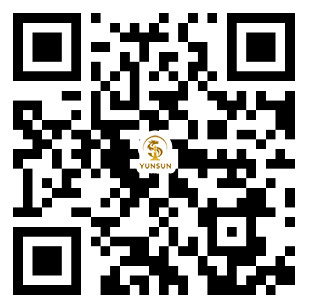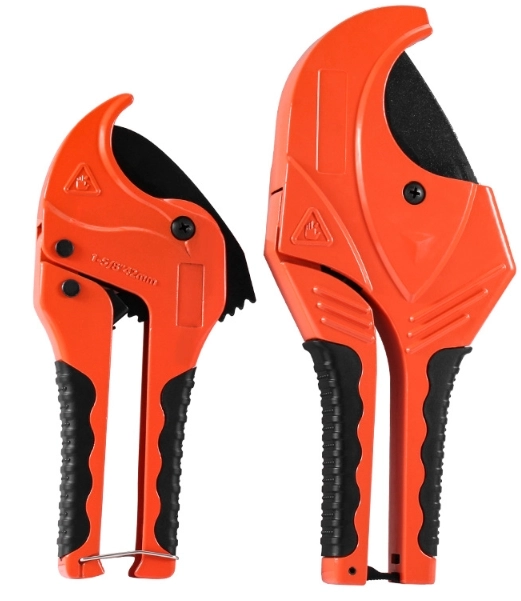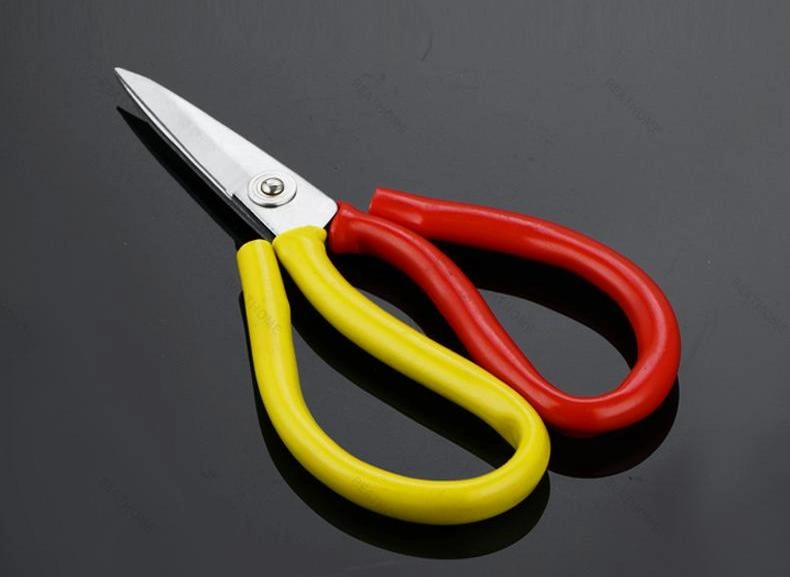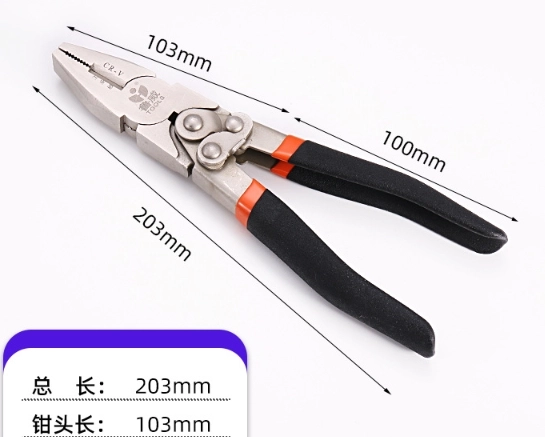10 Essential Tips for Using a Tape Measure Effectively
Feb 19,2025

**10 Essential Tips for Using a Tape Measure Effectively**
Using a tape measure may seem straightforward, but there are several nuances that can enhance your accuracy and efficiency. Whether you are a professional contractor, a DIY enthusiast, or simply measuring items around the house, these ten essential tips will help you use a tape measure effectively.
**1. Understand the Tape Measure Scale**
Before you start measuring, take a moment to familiarize yourself with the tape measure scale. Most tape measures have both imperial (inches and feet) and metric (centimeters and meters) measurements. Understanding how to read these scales accurately is crucial. The smaller lines between the larger inch marks typically represent fractions of an inch, while the metric side shows centimeters and millimeters. Knowing how to interpret these scales will prevent measurement errors.
**2. Use the Right Tape Measure for the Job**
Different projects may require different types of tape measures. A standard retractable tape measure is great for general use, while a laser tape measure can provide quick and accurate readings over long distances. If you're working in tight spaces, consider using a flexible measuring tape, which can easily conform to curves and contours. Selecting the right tool for your specific needs can make a significant difference in accuracy and convenience.
**3. Keep the Tape Measure Clean and Maintained**
A dirty or damaged tape measure can lead to inaccurate measurements. Regularly clean your tape measure to remove dust and debris, especially around the blade and housing. Check for any nicks, bends, or breaks in the tape itself. If the tape measure is damaged, replace it to ensure you are getting precise measurements every time you use it.
**4. Use the Hook Properly**
The hook at the end of the tape measure is designed to slide slightly, allowing for accurate measurements whether you are measuring from the inside or outside of an object. When measuring an object, hook the tape measure on the edge for outside measurements. For inside measurements, pull the tape measure until it is snug against the edge, accounting for the hook's movement. This simple adjustment can help you avoid errors in your measurements.
**5. Measure Twice, Cut Once**
This age-old adage holds true in any project involving measurements. Always double-check your measurements before making any cuts or permanent decisions. Taking the time to measure twice can save you materials, time, and frustration. This practice is especially important when working with expensive materials or when precision is critical.
**6. Use a Straight Edge**
For long measurements, a straight edge can help ensure accuracy. When measuring long distances, it can be easy for the tape to sag or bend, leading to incorrect readings. By holding the tape measure taut against a straight edge, you can eliminate potential errors and achieve a more precise measurement. If you don't have a straight edge, ask a friend to help hold the tape in place.
**7. Mark Measurements Clearly**
Once you have taken a measurement, mark it clearly on the material you are working with. Use a pencil or a marker to create a visible line at the measurement point. If you are measuring multiple points, ensure that each mark is distinct to avoid confusion later on. Clear markings will help streamline the process and reduce the risk of mistakes.
**8. Practice Proper Body Positioning**
Your body positioning can affect the accuracy of your measurements. Stand directly over the point you are measuring to avoid misalignment. If you are measuring a height, make sure to hold the tape measure vertically. For horizontal measurements, ensure the tape is level. Proper body positioning helps maintain consistency and precision in your measurements.
**9. Be Mindful of Temperature Changes**
Tape measures can expand or contract with changes in temperature. If you are measuring in extreme temperatures, be aware that the tape may not provide an accurate reading. For critical measurements, consider using a temperature-compensated tape measure or take note of the temperature conditions to adjust your measurements accordingly.
**10. Practice Makes Perfect**
Finally, the best way to become proficient with a tape measure is through practice. Take the time to measure various objects around your home or workspace. Experiment with different measuring techniques and familiarize yourself with your tape measure's features. The more comfortable you become with using the tape measure, the more accurate and efficient your measurements will be.
**Conclusion**
Using a tape measure effectively is an essential skill that can greatly impact the success of your projects. By understanding the scale, maintaining your tools, and applying the tips outlined above, you can improve your accuracy and efficiency when measuring. Whether you're a seasoned professional or a beginner, these tips will help you make the most out of your tape measure, ensuring that your projects are completed with precision and ease. Happy measuring!
Hot Tags:
Related News

WhatsApp:
E-mail:
ADD:
Room 501, Building 2, Biquan Industrial Park, Cangshan District, Fuzhou
Follow Us

Online Consultation
Copyright © Fujian Yunsun International Trading Co., Ltd., All rights reserved



